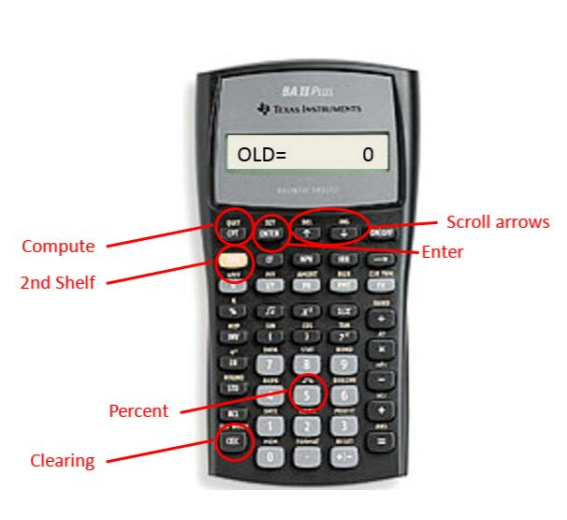3.S: Summary
- Page ID
- 22079
Key Concepts Summary
3.1: Percent Change (Are We Up or Down?)
- Measuring the percent change in a quantity from one value to another
- Measuring the constant rate of change over time in a quantity
3.2: Averages (What Is Typical?)
- The calculation of simple averages when everything is equal
- The calculation of weighted averages when not everything is equal
- The calculation of geometric averages when everything is multiplied together
3.3: Ratios, Proportions, and Prorating (It Is Only Fair)
- The characteristics of a ratio
- How to simplify and reduce a ratio to its lowest terms
- How to simplify a ratio by reducing its smallest term to a value of one
- How to equate two ratios into the form of a proportion
- How to use proportions to prorate
The Language of Business Mathematics
- average
-
A single number that represents the middle of a data set.
- geometric average
-
A typical value for a set of numbers that are meant to be multiplied together or are exponential in nature. This may take the form of a series of percent changes.
- hidden term
-
In prorating, this is the sum of all the other terms on the same side of the proportion and represents a total.
- percent change
-
An expression in percent form of how much any quantity changes from a starting period to an ending period.
- proportion
-
A statement of equality between two ratios.
- prorating
-
The process of taking a total quantity and allocating or distributing it proportionally.
- rate of change over time
-
A measure of the percent change in a variable per time period.
- ratio
-
A fixed relationship between two or more quantities, amounts, or sizes of a similar nature where all terms are nonzero.
- simple average
-
An average where each piece of data shares the same level of importance and frequency but does not represent percent changes or numbers that are intended to be multiplied with each other.
- terms of the ratio
-
The numbers appearing in a ratio.
- weighted average
-
An average where not all pieces of data share the same level of importance or they do not occur with the same frequency; the data cannot represent percent changes or numbers that are intended to be multiplied with each other
The Formulas You Need to Know
Symbols Used
\(\Delta \%\)= percent change
\(\Sigma\)= summation symbol, which means you add everything up
\(\text {GAvg }\)= geometric average
\(n\)=a count of something, whether a total number of periods or a total quantity
\(New\)= the value that a quantity has become; the number that is being compared
\(Old\)= the value that a quantity used to be; the number to compare to
\(RoC\)= rate of change per time period
\(\text{SAvg}\)= simple average
\(X\)= any individual piece of data
\(W\)= weighting factor
\(\text {WAvg }\)= weighted average
Formulas Introduced
Formula 3.1 Percent Change: \(\Delta \%=\dfrac{\text { New }-\text { Old }}{\text { Old }} \times 100\)
Formula 3.2 Rate of Change over Time: \(RoC=\left (\sqrt[n]{\dfrac{\text{New}}{\text { old }}}-1 \right) \times 100\)
Formula 3.3 Simple Average: \(\text { SAvg }=\dfrac{\Sigma X}{n}\)
Formula 3.4 Weighted Average: \(\text{WAvg}=\dfrac{\Sigma WX}{\Sigma W}\)
Formula 3.5 Geometric Average: \(\text{GAvg}=[\sqrt[n]{\left(1+\Delta \%_{1}\right) \times\left(1+\Delta \%_{2}\right) \times \cdots \times\left(1+\Delta \%_{n}\right)}-1] \times 100\)
Technology
Calculator

Percent Change
2nd ∆% (located above the 5 key) to access and enter three of the following. Press CPT on the unknown to compute. It is recommended to clear a previous question from memory by then pressing 2nd CLR Work.
OLD = The old or original quantity; the number to compare to
NEW = The new or current quantity; the number wanting to be compared
%CH = The percent change; in percent format
#PD = Number of consecutive periods for the change. By default, it is set to 1. However, if you want to increase a number by the same percentage (a constant rate of change) consecutively, enter the number of times the change occurs. For example, if increasing a number by 10% three times in a row, set this variable to 3.


